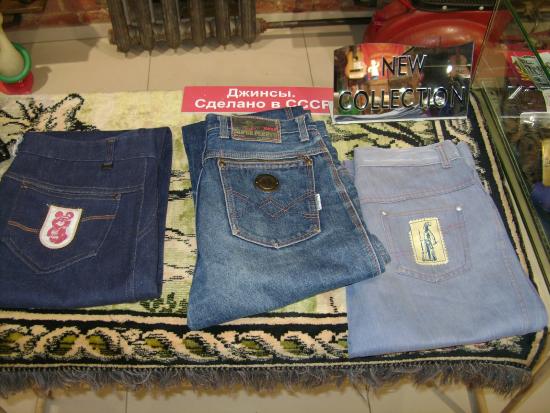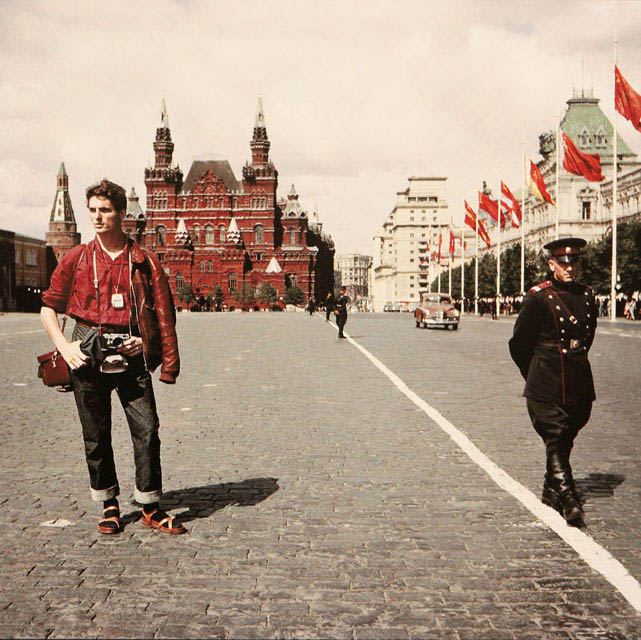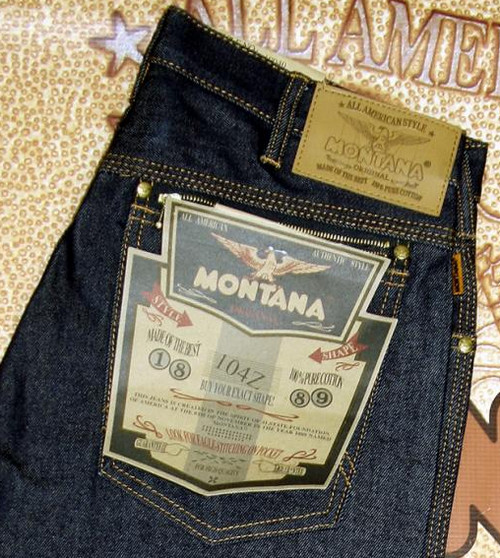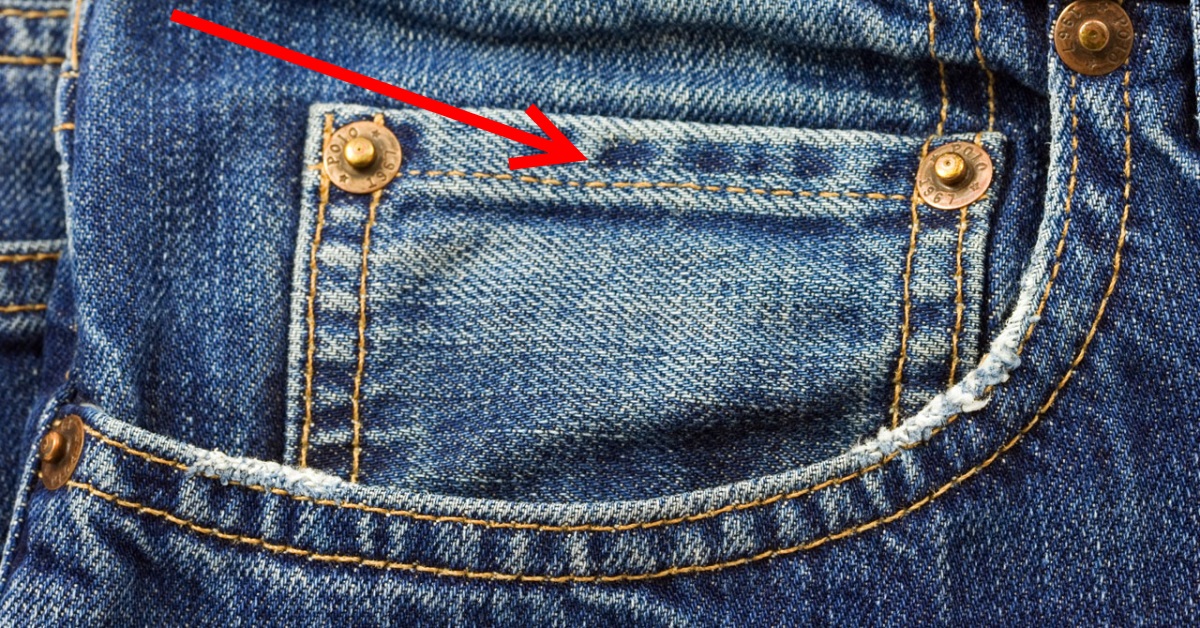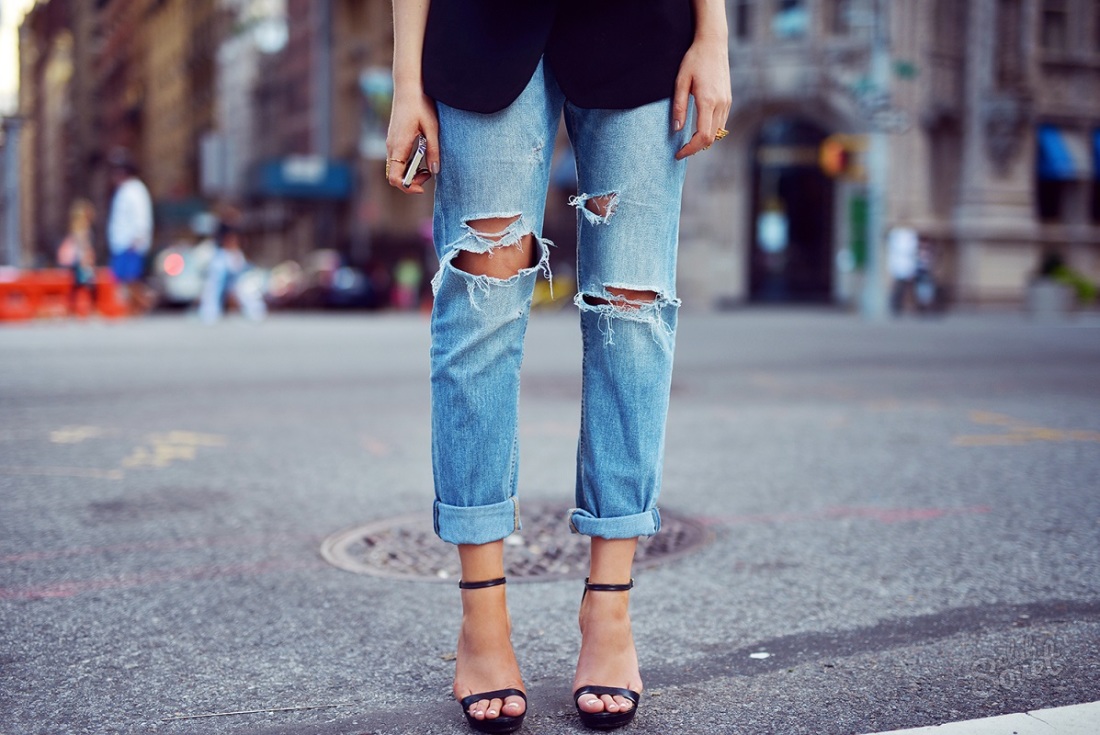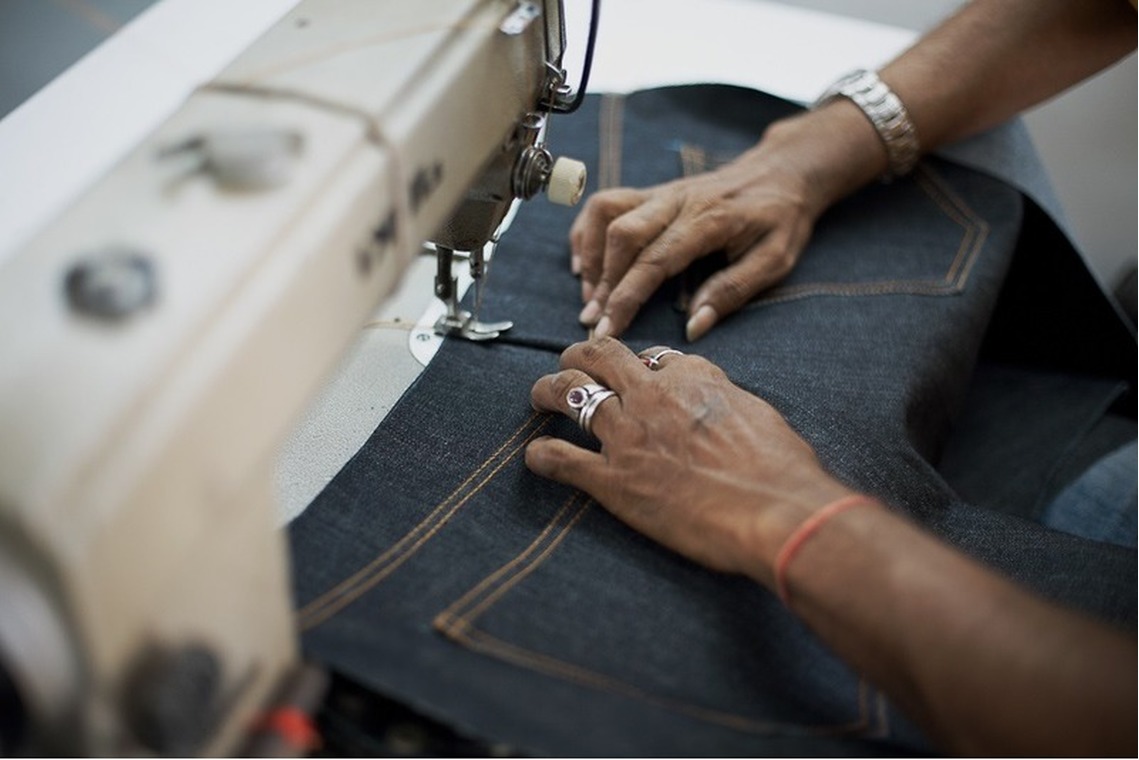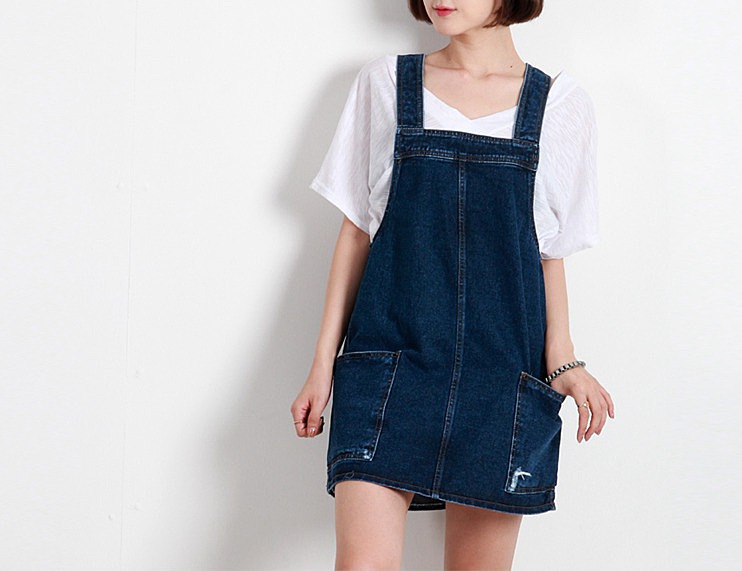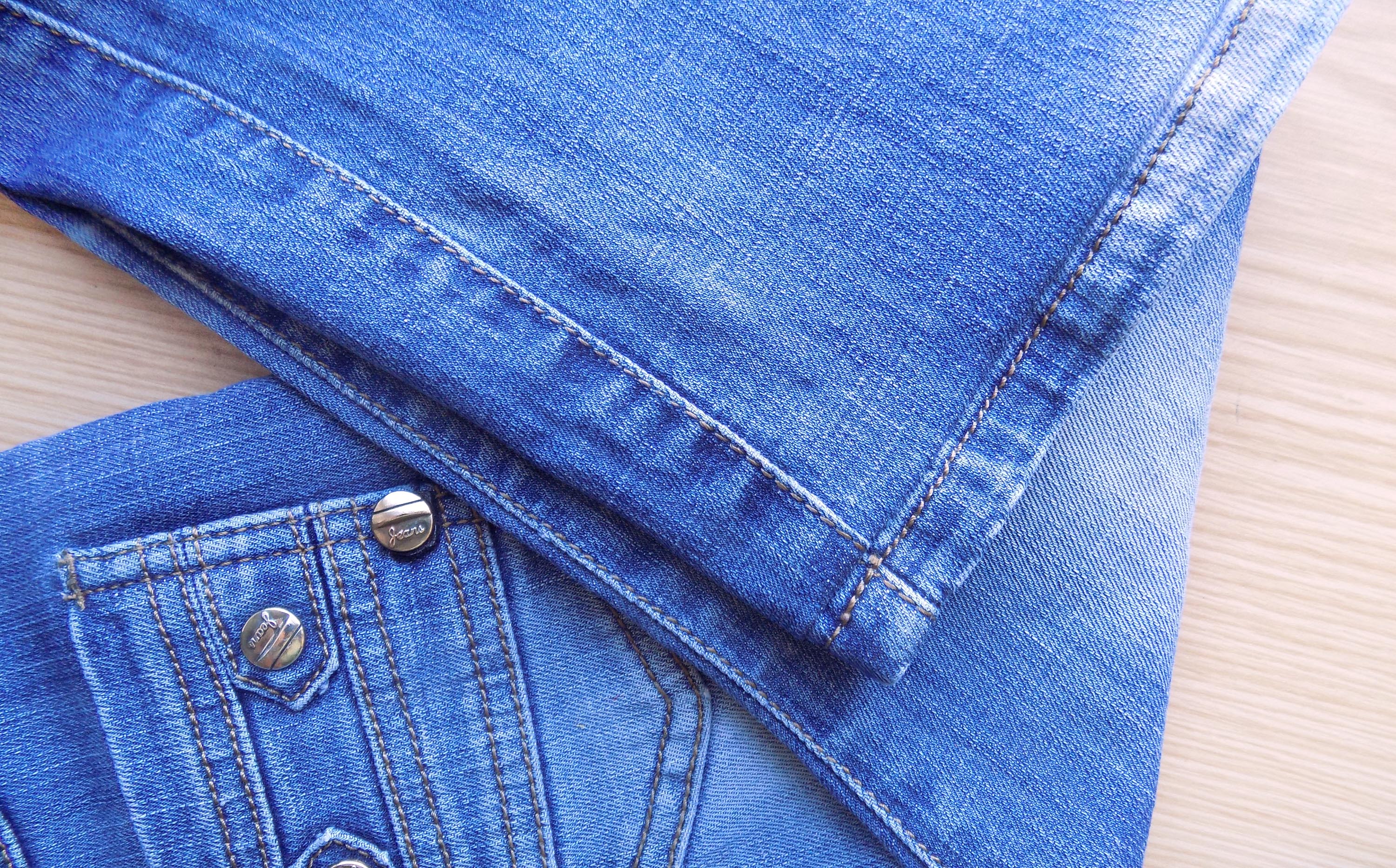Jeans are the most popular type of clothing nowadays. They are comfortable and practical. They are worn with pleasure by men and women of different ages. The imagination of fashion designers allows conservative connoisseurs of strict style and lovers of deviating from generally accepted patterns to include jeans in their wardrobe. The variety of styles and colors is off the charts. Did you know that the first jeans appeared more than a century and a half ago? Now it is impossible to imagine that this famous clothing item did not exist at one time. Modern analogues of jeans have become an integral part of high fashion. Many of them bear little resemblance to their distant predecessors.
How did they appear?
To find out where these trousers came from and what year jeans appeared, history will take us back to the distant fifties of the 18th century. During the "gold rush", a stream of people wishing to "make" a quick fortune poured into one of the American states - California. Gold prospectors went to try their luck, traders brought in things that were in high demand. Levi Strauss (Strauss), the son of a tailor, the future creator of the first jeans, moved to America during the heyday of anti-Semitism in the 40s from Bavaria at the age of 18. Having lived in New York until the age of 24, the young man from a family of Jewish immigrants left the city and began delivering some goods to San Francisco.
And here's how the first jeans appeared. Levi was thinking about making tents from canvas. But a random fellow traveler gave him an idea that changed the entrepreneur's life dramatically and marked the beginning of his world fame. The stranger noted that good trousers would be no worse than any tent. With them, you wouldn't have to worry about a place to spend the night.
The canvas was shipped from Genoa. The place of departure was stamped "Genes". American recipients read this as "jeans".
Without thinking twice, Strauss ordered a tailor to sew trousers. The trousers were highly appreciated. In 1953, the clever businessman and his cousin David opened a workshop to sew trousers for gold miners and miners. This year is considered the date of the first jeans in the world.
How were they made? The garments were made as comfortable overalls from strong brown canvas. Although the fabric was strong, the pockets often tore under the weight of the ingots. Seventeen years later, Levi's partner, one of the tailors, Davis, suggested installing horse harness rivets for strength. This is how Levi's riveted jeans came into being. Initially, these metal fittings were placed on the fly and back pockets. Later, the scratchy rivets were removed from these areas.
The boys carried the fruits of their labor to the camps where the prospectors lived. The gold miners liked the durability of the fabric. Each product was assigned an individual number. They started with the random number 501. Levi explained this by the fact that about half a thousand trousers had already been sewn before the factory opened. 20 years after the founding of the workshop, Strauss patented his brainchild. 1873 is the official birth date of jeans.
The very first brands
The first jeans appeared and gained popularity in California. Over time, they were brought to the east of the country. But trousers were not only made of canvas. Strauss's stock of tent fabric eventually ran out. And he bought thick twill in France. The blue fabric was produced in the city of Nimes. The name of the area gave rise to the name of the fabric "denim".
In the fifties, after the end of the war, the trousers of the Levi Strauss & Co brand "jumped" across the ocean. Here they won the love and admiration of Europeans. And twenty years later, famous world designers began to introduce new trends into the creation of jeans. Many tried to create competition, but Levi's remained the undisputed leader.
Here are the most popular brands that stand at the origins of the denim industry:
- Lee began producing denim trousers following Levi's. Currently, the three letters of the company's name are a guarantee of high quality and relevance. Features of Lee trousers: dark denim, wave stitching on the back pocket;
- Diesel creates denim trousers with a youth-oriented approach. The products are distinguished from other brands by their abrasions and bolts on the fly;
- Wrangler was originally oriented towards Europe (in the sixties the American market was completely captured by the Lee and Diesel brands). The trousers of this company were easily recognizable by a small pocket for small change on the side. Additional straps were sewn onto the waist;
- The eighties were the era of the rise of the Turkish empire Colin's. The trousers of this company won the love of Russian consumers, pushing aside even famous brands. They are distinguished by a variety of colors, an abundance of fittings, and versatility;
- Mustang Jeans is the first brand to appear and produce denim clothing in the European space. Trying to distinguish itself from the American style, Mustang makes its jeans unique;
- The first designer jeans for the youth audience were offered by Guess. The products of this company cannot be confused with any other. They are original and follow the latest fashion trends.
These are the most famous manufacturers of high-quality jeans. They were among the first to seize the initiative of creating fashionable trousers after Levi's.
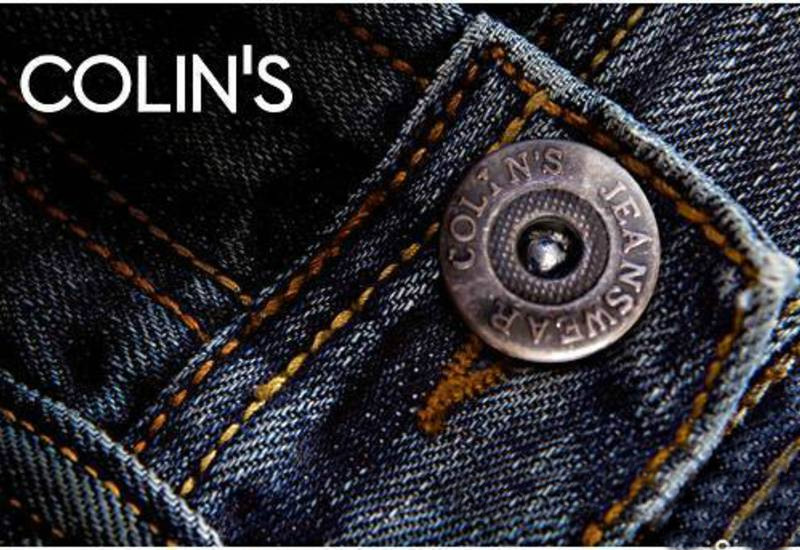
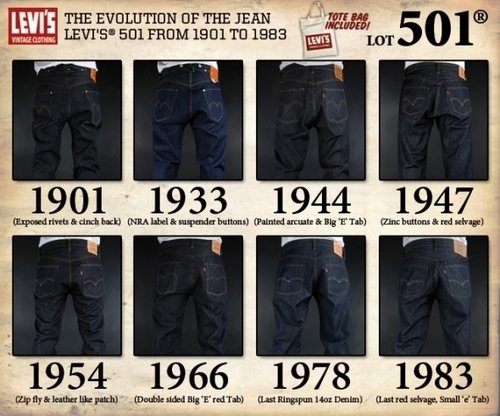


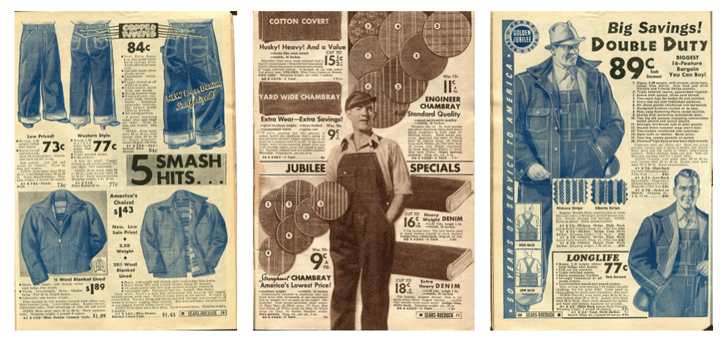
When did you get to the USSR?
The Soviet Union was not spared the denim boom either. These trousers first appeared in the country during the World Festival of Youth and Students in July 1957. The Iron Curtain opened slightly, inspiring a fashion for jeans in the country. Not everyone could afford such a thing, sometimes the prices were unattainable.
It was not easy to get denim pants either. The lucky owners were those who had the opportunity to visit abroad: diplomats, artists, athletes, pilots and sailors. The Voice of America, rock and roll and imported jeans were attributes of the "decaying West", an ideological weapon of the "bourgeoisie". It was impossible to buy "denim" pants at the market or in a regular store. The pants could only be purchased from speculators - the so-called black marketeers. Sometimes they gave 3-4 months' salaries for the coveted foreign brand. The price of denim pants sometimes rose to 400 dollars!
Did you know? Today there are no problems with trade. Those who buy and resell goods are called individual entrepreneurs. Their activities are legal if they pay taxes to the state. And in 1960, the sale of jeans became the cause of capital punishment for several people.
Jeans in the USSR were the standard of fashion and an opportunity to feel the most beautiful and worthy. These pants became a symbol of happiness and freedom for many Soviet people. Everyone who lived in the country of the Soviets remembers their first jeans well. The hard-won pants were a source of pride and decided a lot. If you had blue branded denim pants, success among the opposite sex and the envy of less fortunate comrades were guaranteed.
Jeans were very hard to come by at that time. You could go to the other end of the country to get them. You could “snatch” pants from sailors in ports for several times cheaper than from speculators in your hometown. To become the owner of fashionable pants, you would even buy jeans that were the wrong size. If the pants were too small, you would put them on wet, after soaping your body. You would wear them for several days in a row without taking them off. The pants would stretch and fit your figure. Pants that were several sizes too big were taken in. Long jeans were folded or overcast.
The latest fashion trend at the time was to hem the bottom of jeans with halves of metal zippers. It was like an improvised fringe. It was very stylish and cool. At first, jeans fashion did not have any special requirements. It is important that they fit like a glove and are exclusively blue.
But the most important condition was that the trousers rubbed off. The blue dye on quality branded jeans rubbed off over time, and the trousers looked worn. Many trousers from little-known manufacturers from different countries were imported into the country. Fakes were created in basement workshops. There were labels and rivets on the "homemade" ones. But knowledgeable people knew how to recognize the original. They determined the quality of a purchase like this. If a wet match rubbed against the fabric turned blue, then the jeans were real.
This is the long history of jeans. The first cotton pants, as our moms and dads called them, were created for ordinary workers. They were thick and strong. The style was simple. Current denim samples abound in colors, stand out for their fabric structures. Many new brands have appeared. Jeans from famous couturiers sometimes appear as real works of art. They are combined with different fabrics, decorated with zippers and rhinestones, figured pockets and decorative rivets. But no matter how saturated the market is with this popular product, no matter how surprising the latest fashion trends, classic jeans from the very first brand "Levi's" always remain at the top.
Video

